Updated 5 hours ago
Top 5 Eco-Friendly U.S. Presidents
Written by Jamie Smith Jamie SmithJamie is a Content Writer and researcher at SolarReviews. A recent graduate of La Salle University in Philadelphia, Jamie earned her B.S. in communica...Learn more , Edited by Catherine Lane Catherine LaneCatherine has been researching and reporting on the solar industry for five years and is the Written Content Manager at SolarReviews. She leads a dyna...Learn more
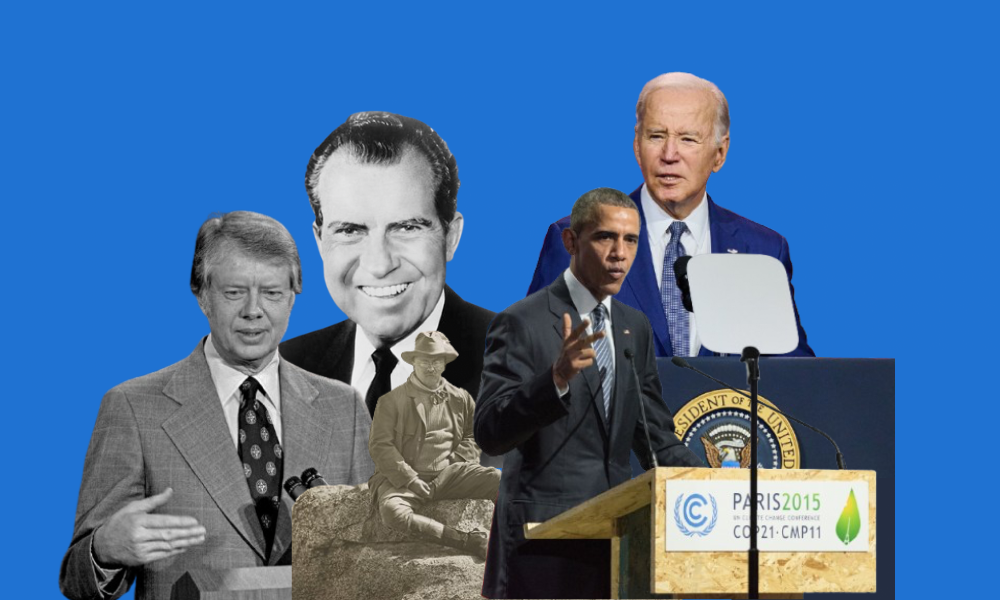

Why you can trust SolarReviews
SolarReviews is the leading American website for solar panel reviews and solar panel installation companies. Our industry experts have a combined three decades of solar experience and maintain editorial independence for their reviews. No company can pay to alter the reviews or review scores shown on our site. Learn more about SolarReviews and how we make money.
In the United States, many of the significant advancements toward a greener, more sustainable future have been driven by past presidents and their administrations. Government support, policies, and executive orders have played a crucial role in making green initiatives possible across the country.
Throughout history, several presidents have enacted laws and policies that have significantly benefited the environment and advanced the fight against climate change. Here are some of the most eco-friendly U.S. presidential administrations that have advocated for the environment through their policies:
Theodore Roosevelt (1901–1909)
Richard Nixon (1969–1974)
Jimmy Carter (1977–1981)
Barack Obama (2009–2016)
Joe Biden (2021–2025)
Theodore Roosevelt (1901–1909)
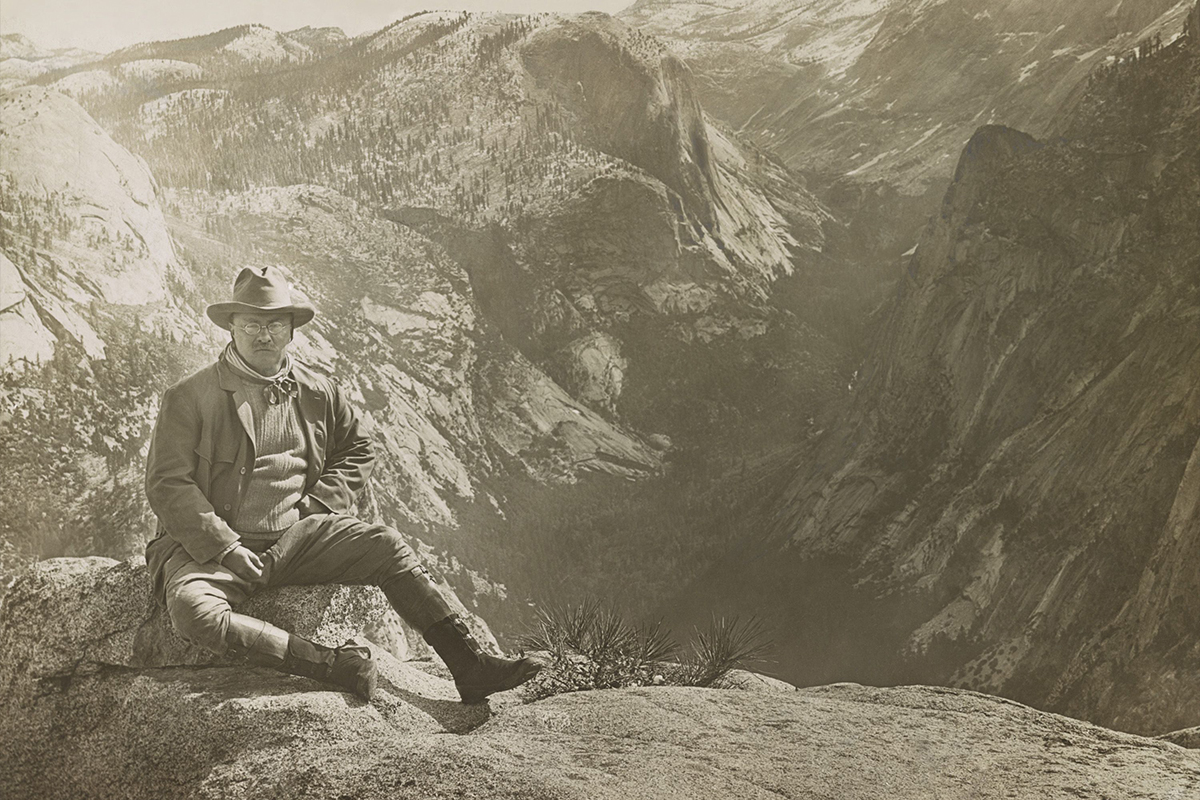
Theodore Roosevelt was an early pioneer of presidential environmental policy. With conservation at the forefront of his initiatives, Roosevelt championed the 1906 American Antiquities Act – which created the United States Forest Service (USFS).
As a part of his conservation efforts, Roosevelt established 150 national forests, 51 federal bird reserves, four national game preserves, five national parks, and 18 national monuments. In total, he safeguarded approximately 230 million acres of public land and left a lasting legacy as an environmental leader.
Richard Nixon (1969–1974)
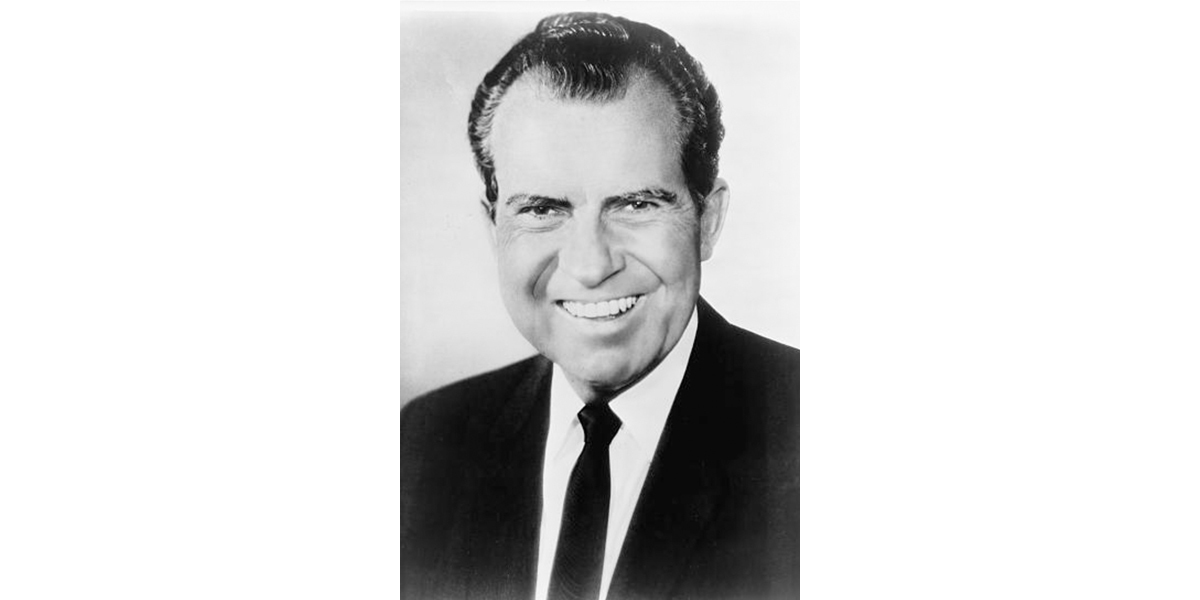
President Nixon was no stranger to environmental policy and implemented some of the most important environmental legislation in U.S. history. Under his administration, two pivotal agencies were established: the Environmental Protection Agency (EPA), which is responsible for the protection of human health and the environment, and the National Oceanic and Atmospheric Administration (NOAA), a government agency that protects the conditions of the atmosphere, oceans, and coasts. The nation even celebrated Earth Day for the first time under his presidency!
Other important legislation signed into law by the Nixon administration include:
The National Environmental Policy Act: Requires federal agencies to assess the environmental efforts of their proposed actions before making decisions.
Clean Air Act: Authorized the development of state and federal regulations to limit harmful emissions from industrial and mobile sources.
Endangered Species Act: Provides a program for the conservation of endangered plant and animal life in the U.S.
Marine Mammal Protection Act: Defines the federal responsibility for the conservation of marine mammals.
Legacy of Parks program: A program that converted more than 80,000 acres of government property into 642 new parks for recreational use.
Jimmy Carter (1977–1981)
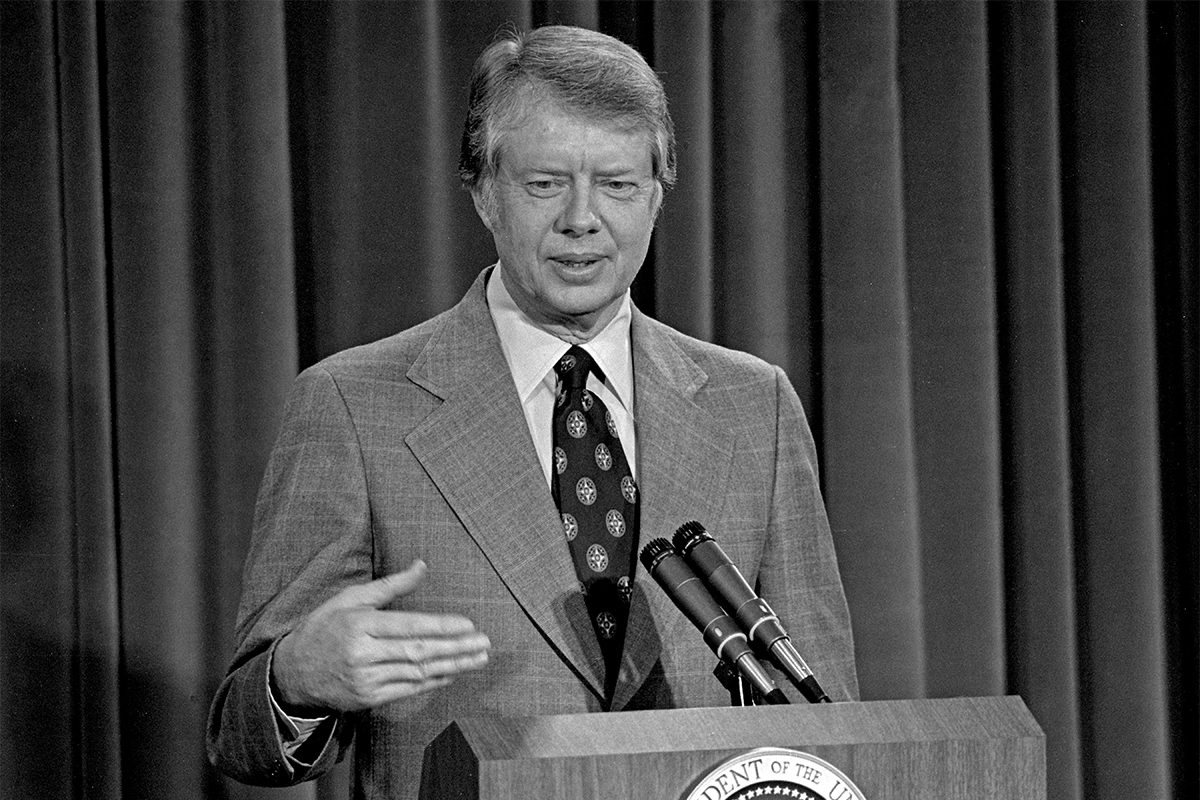
Jimmy Carter kicked off his Presidency by addressing the nation in his famous “Sweater Speech”, urging Americans to turn down the thermostat and save energy to reduce reliance on fossil fuels during the 1970s energy crisis. Other notable accomplishments include initiating the first federal toxic waste cleanups and creating the first fuel economy standards for the country.
Another part of Jimmy Carter’s environmental legacy was the first president to see the massive potential of solar power. He demonstrated his commitment to renewable energy by installing solar at the White House in 1979. To further advance solar technology, he established the first federal tax credit for solar water heaters and later expanded it to include photovoltaic systems.
Barack Obama (2009–2017)
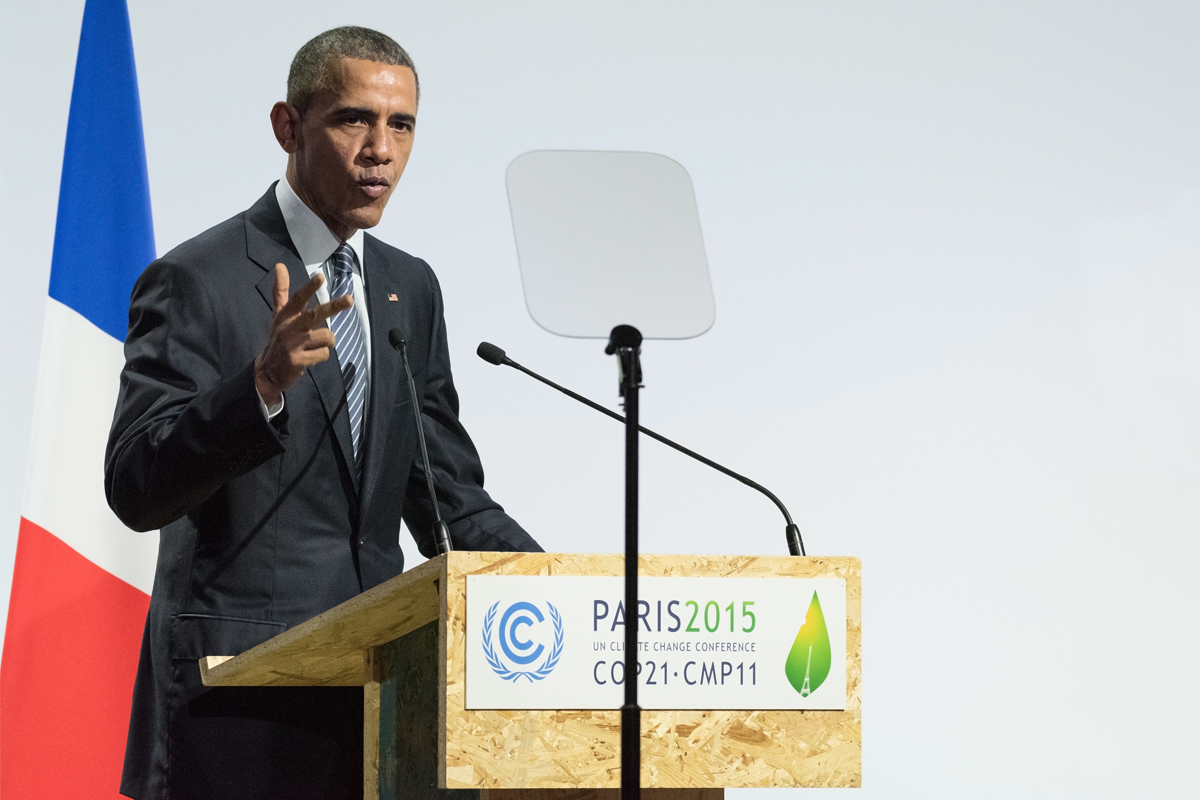
During his time in office, Barack Obama took significant steps to combat climate change and reduce carbon emissions. He introduced the Clean Power Plan, which gave individual states flexible and cost-effective tools to cut carbon pollution from power plants by 32% by 2030.
Obama also made historic investments in the clean energy sector through the American Recovery and Reinvestment Act, which provided more than $90 billion in strategic clean energy investments and tax incentives to create jobs and deploy low-carbon technology.
Another $150 billion in leveraged investments helped drive exponential growth in renewable energy, tripling the wind power industry and expanding the solar industry to 30 times its size.
Joe Biden (2021–2025)
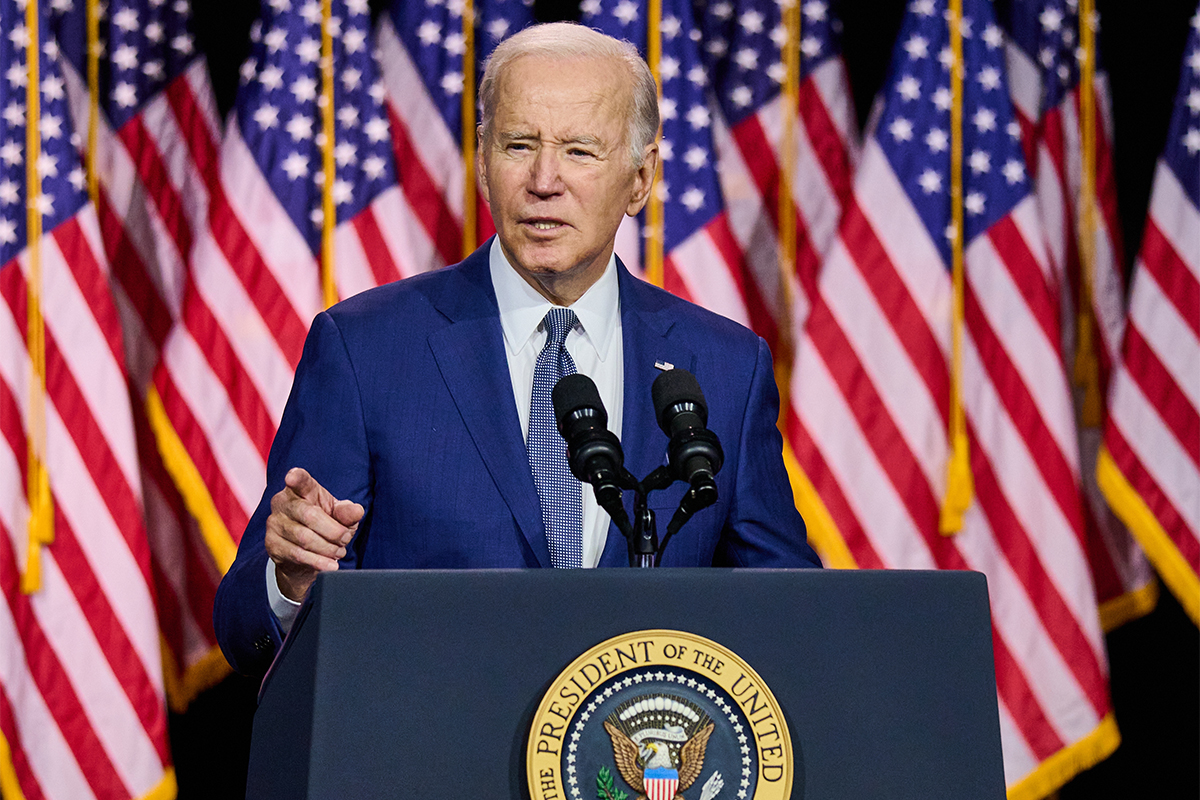
After serving as Vice President alongside Barack Obama, Joe Biden continued initiatives to fight climate change during his own presidency. In 2022, he signed the most important piece of climate legislation in American history – the Inflation Reduction Act (IRA).
The IRA allocated $370 billion in federal funding to provide tax incentives for EVs, heat pumps, and other energy-efficient home improvements including the 30% federal tax credit for homeowners installing solar.
Environmentally-friendly presidents: Honorable mentions
Plenty of other U.S. presidents have done a great deal for our environment by passing laws, signing executive orders, and showing advocacy for the health of our planet.
Woodrow Wilson
President Woodrow Wilson (1913–1921) established the National Park Service (NPS) in 1916, which ensures that the NPS will hold full responsibility for the upkeep and conservation of all federal parks, monuments, and reservations. Today, the NPS manages over 400 park areas totalling 84 million acres of protected land across the country.
Dwight D. Eisenhower
Dwight D. Eisenhower (1953–1961) signed the Air Pollution Control Act of 1955, which was the first federal legislation to ever address air pollution. The Act provided funds for federal research in air pollution.
George H.W. Bush
George H.W. Bush (1989–1993) was the first president to raise climate change as a major issue of concern to the federal government. During his term, he made amendments to strengthen Nixon’s Clean Air Act to improve air quality and reduce harmful emissions.
Bush also signed the Energy Policy Act of 1992, which encouraged the use of alternative fuels, setting the stage for energy efficiency and sustainable development. Additionally, Bush signed the United Nations Framework Convention on Climate Change and vowed the U.S. would lead the world in environmental protection.
Jamie is a Content Writer and researcher at SolarReviews. A recent graduate of La Salle University in Philadelphia, Jamie earned her B.S. in communications with a concentration in journalism, mass media, and public relations. Jamie has previously worked at a marketing company where she had the opportunity to highlight and promote small business owners through long-form stories and interviews. With a deep-rooted passion for creativity, Jamie stri...
Learn more about Jamie Smith